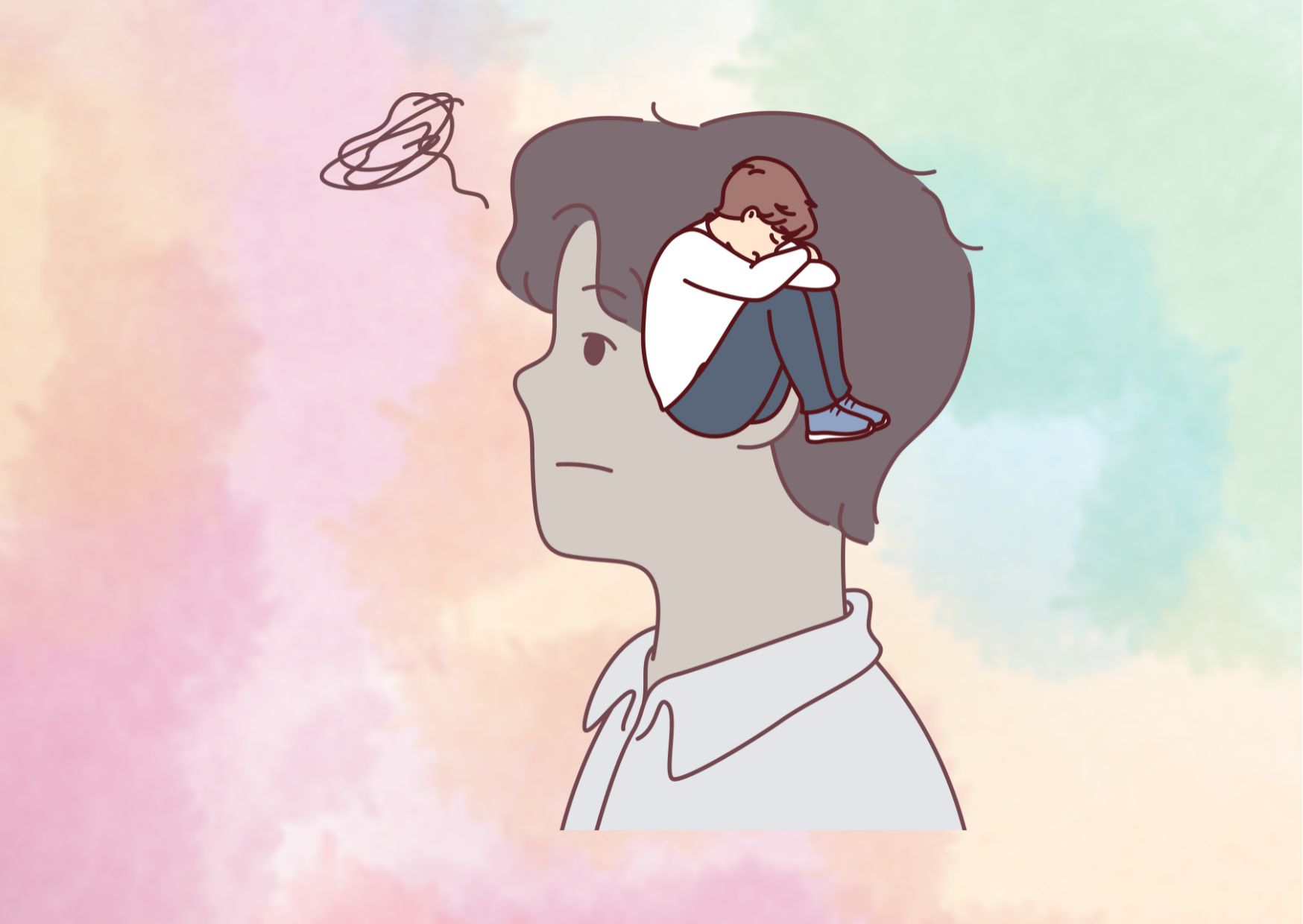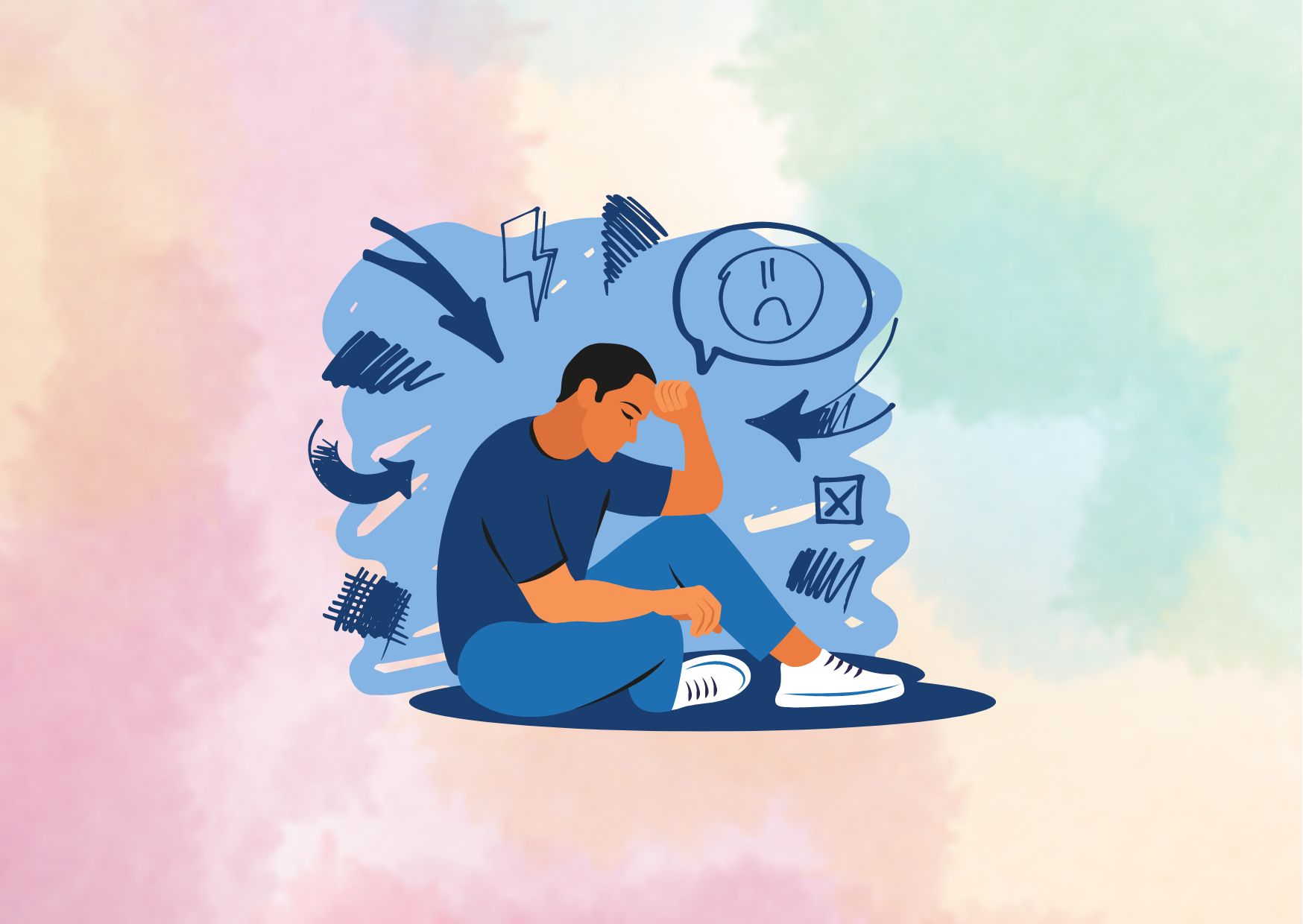Repetition Compulsion: Understanding and Breaking the Cycle
Repetition compulsion is a psychological phenomenon that has a profound influence on human behavior and mental health. First identified by Sigmund Freud, this concept describes the tendency to recreate or relive traumatic experiences, often unconsciously. It plays a significant role in shaping relationships, decision-making, and overall well-being, making it a crucial area of study in psychology and psychotherapy.
This article explores the nature of repetition compulsion, its root causes, and its impact on individuals’ lives. It delves into the symptoms associated with this behavior pattern and examines its connection to post-traumatic stress disorder (PTSD) and other psychological conditions. Additionally, it discusses effective strategies to break the cycle of repetition compulsion, offering insights on healing from trauma and fostering healthier relationship dynamics. By understanding this complex phenomenon, individuals can take steps to overcome its challenges and improve their mental health.
What is Repetition Compulsion?
Definition
Repetition compulsion is a psychological phenomenon where individuals unconsciously repeat patterns of behavior or situations, even if they are negative or harmful. This tendency often stems from an attempt to gain mastery over past traumatic experiences. The concept describes the unconscious urge to recreate or relive difficult events from one’s past, despite the potential for further distress or harm.
Sigmund Freud, the father of psychoanalysis, first identified this concept. He observed that people tend to seek comfort in what is familiar to them, even if it is detrimental to their well-being. This behavior pattern has a profound influence on various aspects of an individual’s life, including relationships, decision-making, and overall mental health.
Origins in Freudian theory
Freud introduced the idea of repetition compulsion in his 1914 article “Remembering, Repeating and Working-Through.” He noted that patients often act out their repressed memories and emotions instead of verbally recalling them. For instance, a patient might behave defiantly towards their therapist, unconsciously repeating their past behavior towards their parents.
In his 1920 essay “Beyond the Pleasure Principle,” Freud explored this concept further. He described four aspects of repetitive behavior that seemed to contradict the mind’s pursuit of pleasure and avoidance of discomfort. These included traumatic dreams, children’s play, the tendency to relive repressed material in therapy, and the so-called “destiny neurosis” where individuals repeatedly experience similar life events.
Freud’s observations led him to propose that repetition compulsion is more primitive and instinctual than the pleasure principle, which supposedly governs unconscious drives. This concept became a key component in Freud’s understanding of mental life and has since been integrated into mainstream psychoanalytic theory.
Common examples
Repetition compulsion manifests in various ways in people’s lives. Some common examples include:
- Engaging in multiple abusive or toxic relationships during adulthood, especially if one experienced abuse in childhood.
- Consistently choosing partners who are emotionally distant, mirroring early experiences with caregivers.
- Experiencing recurring dreams or nightmares related to past traumatic events.
- Repeatedly putting oneself in situations that are likely to result in failure or disappointment.
- Individuals who have witnessed infidelity as children may be more likely to cheat on their partners or repeatedly stay with unfaithful partners.
- People with post-traumatic stress disorder (PTSD) may find themselves drawn to situations or media that remind them of their trauma, such as watching crime documentaries after being a victim of a crime.
- Engaging in self-destructive behaviors or making choices that seem to go against one’s best interests.
These patterns often occur unconsciously, with individuals unaware that they are recreating past traumas or difficult situations. Understanding and recognizing these patterns is a crucial step in breaking the cycle of repetition compulsion and fostering healthier behaviors and relationships.
Causes of Repetition Compulsion
Trauma and early life experiences
Trauma plays a significant role in the development of repetition compulsion. Early life experiences, particularly those involving abuse or neglect, have a profound influence on an individual’s behavior patterns later in life. Children who grow up in chaotic households or experience abuse may come to see such environments as normal, leading them to seek out similar situations in adulthood.

